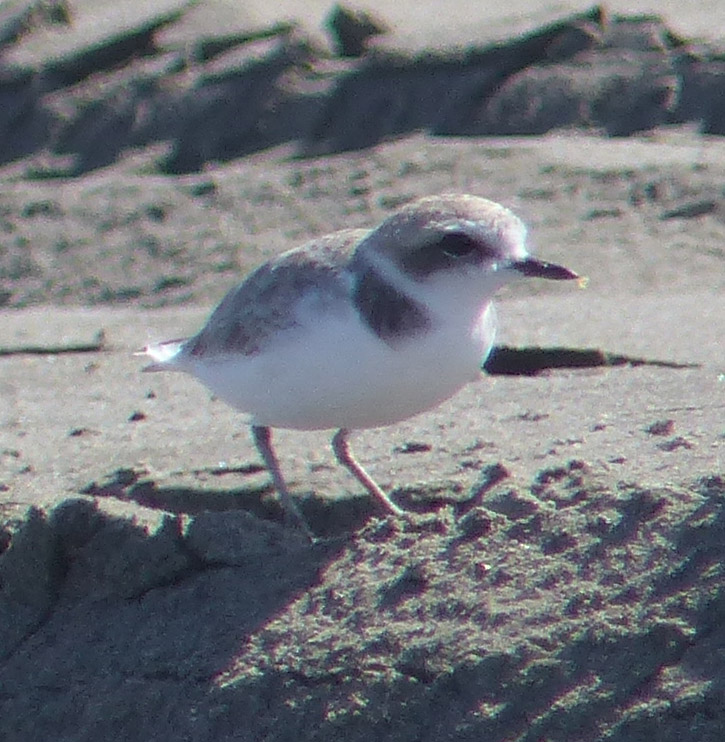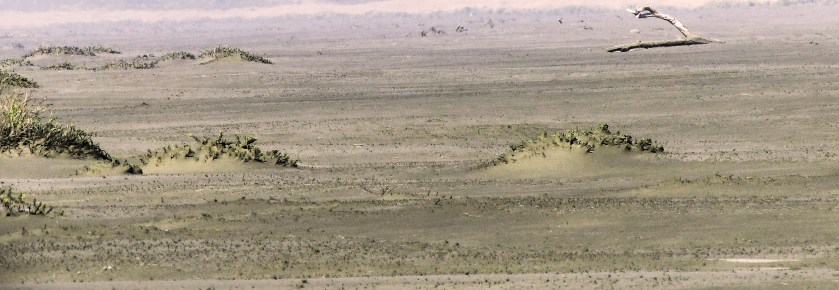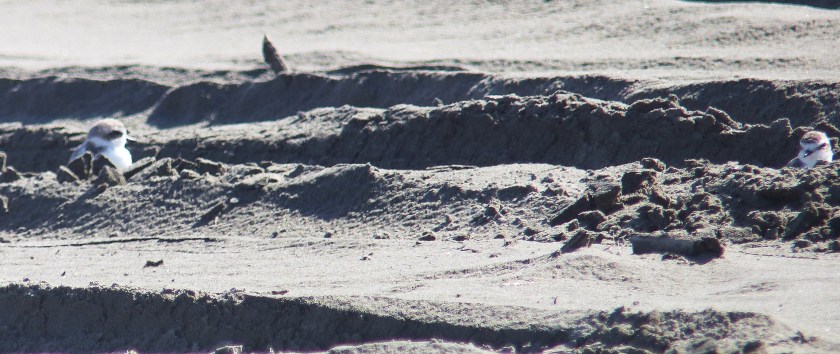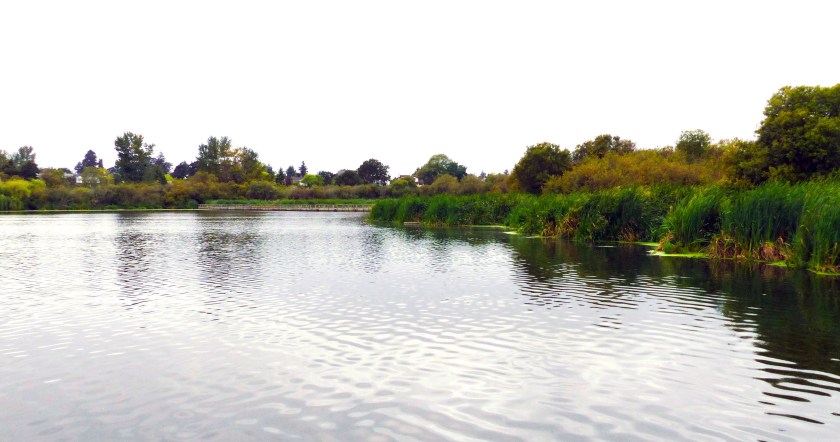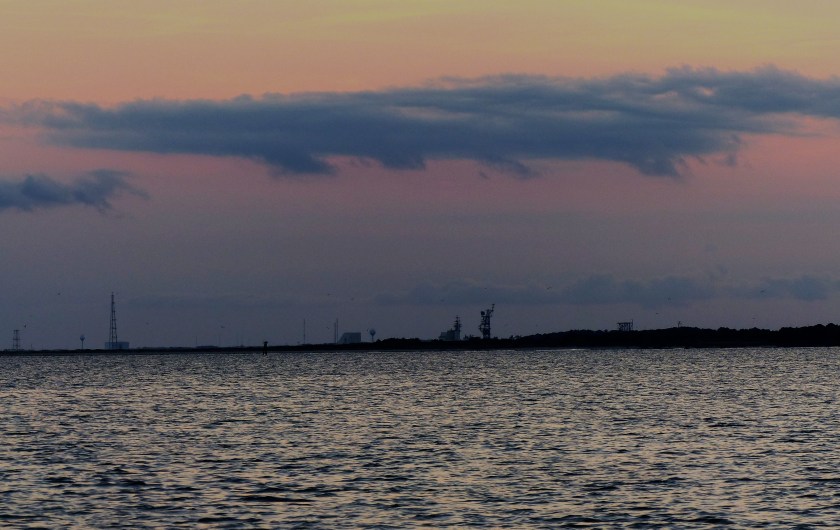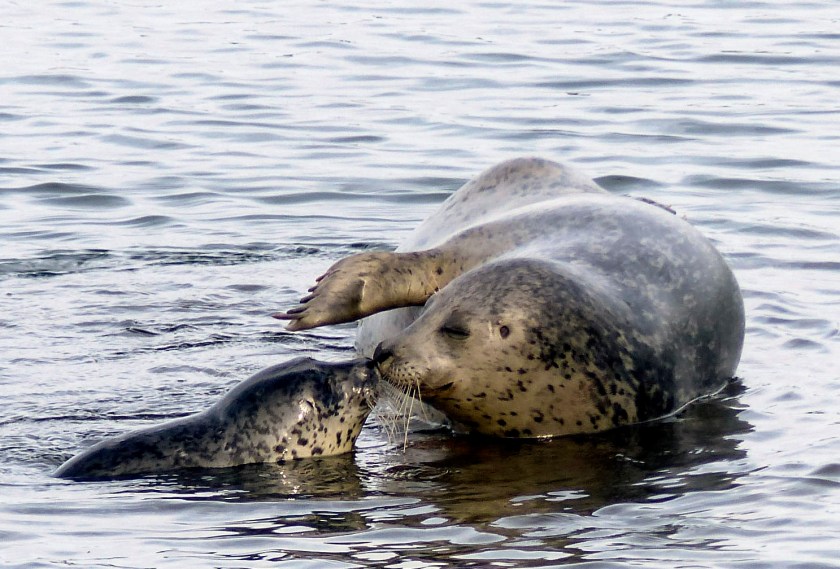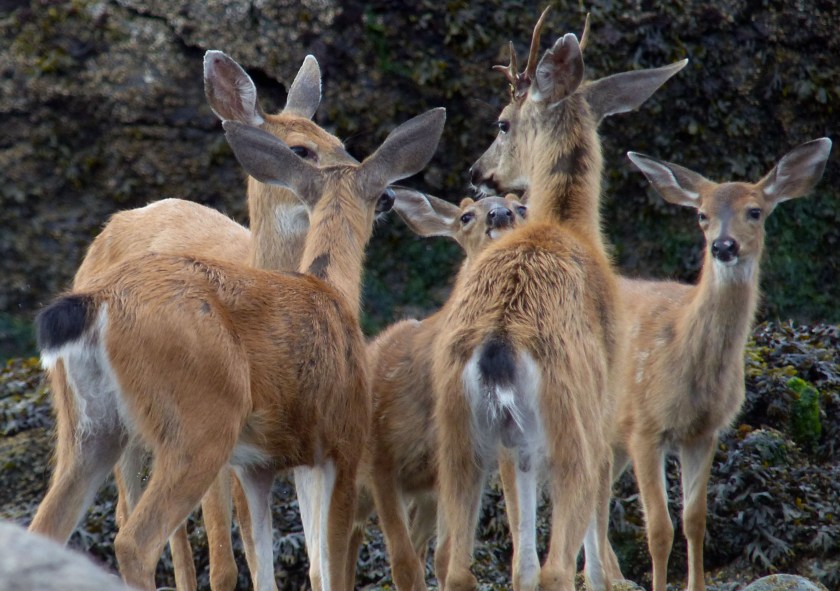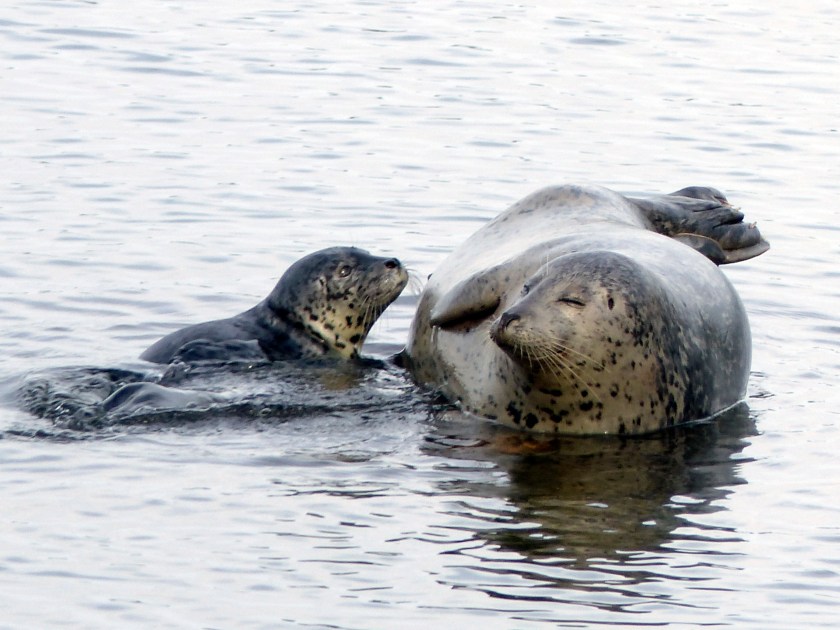
Leaving Port
I intended this post to be about seabirds, about the Albatrosses, Skuas, Jaegers, Fulmars, and the other birds of the deep water zone forty miles from shore, the kind you have to go on a ‘pelagic’ to see. We saw all of them, which was great. A few rarities too. But the real story arrived at twenty-seven miles from port, on our way home.

Black-footed Albatross
We left Westport, Washington at six-thirty in the morning, fought ten foot swells most of the way out, saw seabirds, tried to take pictures, and tried not to be seasick. Luckily, the seas calmed on the way back and the journey less of a challenge. With lower swells to deal with, the pictures got better too.

Northern Fulmar
It’s getting on to mid afternoon. We’ve been looking at the sea for hours and some people have gone into the cabin and crashed. Not all of us though. Good thing too. A tiny bird appears in the western sky, a passerine, a land bird, flying a steady direct path towards us. It’s a Grey Wagtail, an Eurasian bird. It’s flown many miles, thousands likely. From where? Siberia or Japan seem most likely. The pluck of that little creature, weighing only a few ounces is astonishing! We are a long way from even seeing land. The Wagtail is working against a slight headwind but his course is arrow-straight.

Yellow Wagtail in Spain
I get no pictures of the gallant, little bird (although I do get good shots of the back of another birder’s head). The Wagtail above is a cousin, a Yellow Wagtail from Spain. Did our bird make it? Who can say? One showed up in California years ago, and two in British Columbia, again a long time ago. The thing is, how does he even know where he’s going? How does he keep that straight course across leagues of featureless ocean? It’s another example of birds as mysteries. I like to think he made it okay. He seemed determined – and strong.
